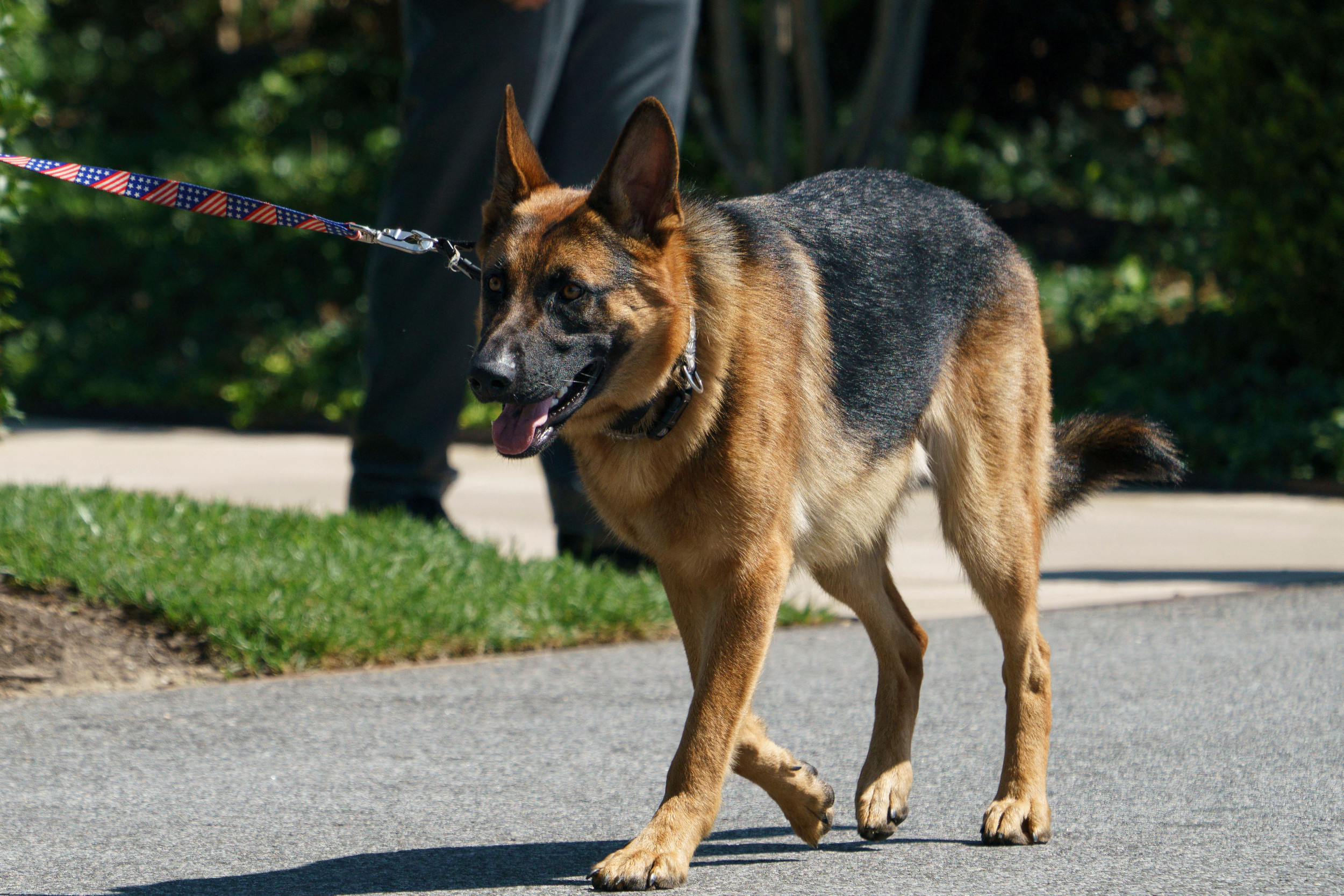Commander—the Bidens’ beloved canine companion—has reportedly bitten a Secret Service agent. The incident is being reported as if it were a juicy White House scandal. But should anyone really be surprised?
Commander and other “first dogs” may live in the White House, but we shouldn’t expect them to act like career politicians or international peacekeepers. They are dogs—just like those who live in our own homes and neighborhoods. They have their own personalities, needs and feelings, unique sensitivities and quirks and preferences. And like all living, feeling individuals, they deserve to be treated with respect and consideration.
But unlike the dogs who share our homes—whose daily routines and interactions are typically predictable to the point of monotony—Commander lives in the bustling, overstimulating, and rarely predictable environment of the White House. He is surely subjected to interactions with people he doesn’t know—strangers—every day, maybe dozens of them, which could be stressful and overwhelming for any dog.
Think about it as if you were Commander: A Secret Service agent—or anyone else you don’t know—may be perceived as a threatening stranger who’s getting far too close to you and your human “pack members.” Although it’s not clear what led up to the recent biting incident, many humans aren’t aware of when they are improperly invading a dog’s space—and then when the dog responds to their space being violated, they’re often maligned unjustly. Commander seems to be clearly communicating, “I’m stressed, and I need my space.”
To help Commander, those around him should respect his needs and bone up on basic dog diplomacy—and it wouldn’t be a bad idea for everyone who works at or visits the White House to carry dog treats with them to help him see them as new friends rather than suspicious strangers. And following that good example, all of us would be wise to brush up on our own canine etiquette.
Winning a dog over is a piece of cake compared to taking on the economy or negotiating international alliances. All it takes is a little patience, a lot of kindness and a handful of treats! Here’s how to do it: When meeting an unfamiliar dog, always be quiet and go slowly. Let the dog approach you when (and if) they choose. Don’t stare into their eyes—that’s an adversarial gesture that could be perceived as a threat or a challenge. Instead, keep your side or your back to the dog and maintain a nonthreatening posture. If—and only if—the dog approaches you and seeks to be petted, that’s your invitation to offer a hand to sniff, and if that’s accepted, gently stroke them on the chest, side or back. Never force yourself on a dog who doesn’t want to be touched. That’s just basic decency.
And it should go without saying that punishing dogs for perceived “misbehavior” by yelling at them or inflicting physical violence on them is never acceptable. It’s as cruel and hypocritical as kicking a child to teach them that it’s wrong to kick a classmate on the playground.
Instead, use the four “P’s”—praise, practice, prevention, and patience—to guide dogs toward desired behaviors. This approach is humane and far more effective.
We should all listen to Commander. Dogs deserve to be treated with patience and respect, and that means giving them their space. It’s time to improve our diplomacy with the canine nation—for dogs’ sake.
Daphna Nachminovitch is the senior vice president of the Cruelty Investigations Department at People for the Ethical Treatment of Animals (PETA); 501 Front St., Norfolk, VA 23510; www.PETA.org.
The views expressed in this article are the writer’s own.

